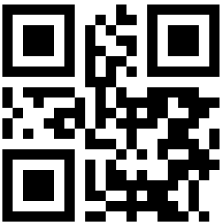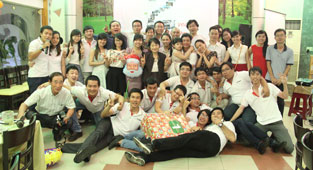QR Code
1. What is a QR Code?
QR (Quick Response) code is a matrix, also known as a 2D barcode, which can be read by a barcode scanner or a smartphone with a camera and specialized barcode scanning app.
QR code was developed by Denso Wave (Japan) in 1994 with the primary purpose of tracking vehicles during the manufacturing process.
2. QR Code vs Traditional Barcodes
QR codes are similar to the traditional barcodes that you often see on packages, products that retailers use to manage stock and product prices in business. The difference between QR codes and traditional barcodes lies in the amount of data they store and share.
Traditional barcodes have long, single-direction lines and can only store 20 digits. QR codes store much more information, and their ease of use is highly beneficial to businesses.
| Data Storage Capacity of QR Code | |
| Numbers | Up to 7,089 characters |
| Alphanumeric | Up to 4,296 characters |
3. How to Create a QR Code
Anyone can create their own QR code completely for free. Simply search for “QR code generator” on a search engine, and you will find many online tools to create QR codes. However, you can refer to trusted tools such as Kaywa by Datamatrix, Qurify, or Delivr. For more creative options, you can personalize your QR code with colors and other features at Kerem Erkan or QRStuff.

4. QR Code is Increasingly Widely Used
Although still unfamiliar to many, QR codes have already integrated into modern life, appearing everywhere, from large buildings to business cards, from event invitations, tech conferences, to simply adding a contact on BlackBerry Messenger (scanning QR code to recognize PIN).
QR codes are popular in marketing and advertising, especially for magazine ads, park benches, buses, product packaging, or any physical product where consumers want to find more information. For example, you can link your website to a business card or flyer, which could link to a website like Google Maps for directions. Conveniently, when attending a conference or exhibition, you can scan a QR code provided by the organizers, which leads to a video or audio file with more detailed information.
The feasibility and potential of QR codes are limitless, and they are not confined to a specific scope or field. You will soon encounter QR codes everywhere, and this could be the new way to recognize and retrieve information in modern society.











